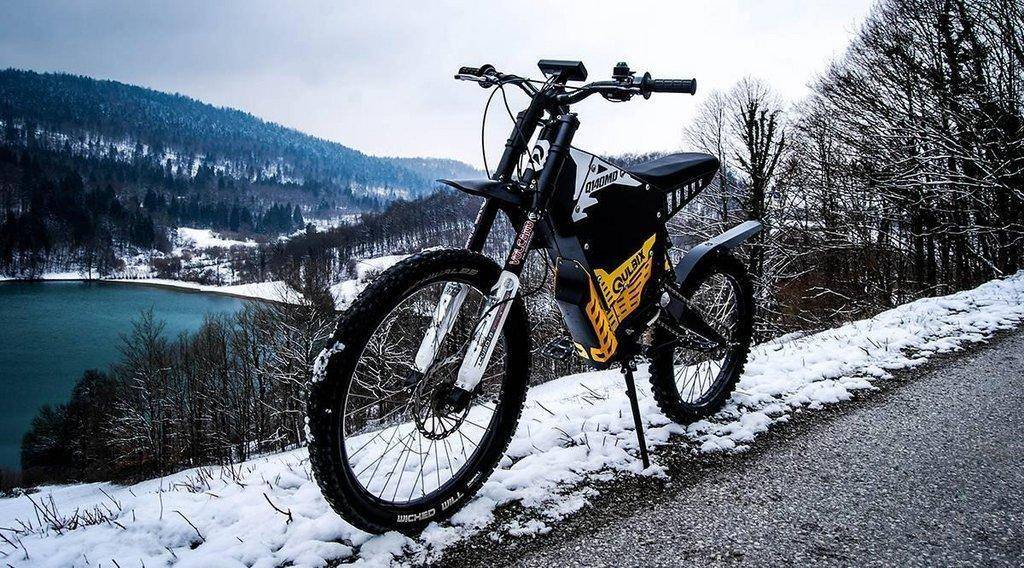BLM Press Release
Secretary’s Order 3376 encourages e-bikes on BLM trails
WASHINGTON – The Bureau of Land Management (BLM) announced THIS WEEK its strategy to implement Secretary’s Order 3376, Increasing Recreational Opportunities Through the Use of Electric Bikes, a recently signed order by Secretary of the Interior David Bernhardt that is designed to make it easier for more Americans to recreate on and experience their public lands.
Secretary’s Order 3376 directs Department of the Interior (DOI) Bureaus to begin the longer term process of obtaining public input on new regulations that will clarify that low-speed e-bikes should enjoy the same access as conventional bicycles, consistent with other federal and state laws. Public land managers will have the ability in the short term to utilize the flexibility they have under current regulations to accommodate this new technology that assists riders as they pedal in a way that allows them to enjoy the bicycling experience.
The guidance enables visitors to use these bicycles with a small electric motor (less than 1 horsepower) power assist in the same manner as traditional bicycles. The operator of an e-bike may only use the small electric motor to assist pedal propulsion. The motor may not be used to propel an e-bike without the rider also pedaling, except in locations open to public motor vehicle traffic.
“Our goal is always to make the BLM’s public lands more accessible to all Americans. Allowing the use of e-bikes will open more of our public lands to people with disabilities, families, and older Americans, while promoting a healthy outdoor lifestyle for everyone,” said BLM Deputy Director for Policy and Programs William Perry Pendley. “This new policy provides consistent guidance to our land managers nationwide to ensure the broadest possible usage on BLM-managed lands.”
A majority of states have adopted e-bike policies, most following model legislation that allows for the three classes of e-bikes to have access to bicycle trails. The Department of the Interior e-bike guidance seeks to provide consistency with the state and local rules where possible.
Given their use of a small (less than one horsepower) electric motor, the BLM currently manages e-bikes as off-highway vehicles. Secretary’s Order 3376, with a view towards the rapid changes in e-bike technology, directs the BLM and other Department of the Interior agencies to begin the longer term process of amending existing regulations to exempt many e-bikes from that classification.
The guidance to field managers across the BLM for the short-term is to utilize flexibility in BLM’s current regulations to exclude certain classes of e-bikes from the definition of off-highway vehicle to authorize their use on BLM-managed roads and trails where appropriate. The guidance is consistent with the Secretary’s priority of moving decision-making to the field level, where local trail conditions and user needs can better be considered.
The BLM will now permit visitors to use low-speed e-bikes on BLM roads, trails and designated areas where traditional bikes are allowed.
Similar to traditional bicycles, e-bikes are not allowed in designated wilderness areas and may not be appropriate for back-country trails. The focus of the Department of the Interior’s guidance is on expanding the traditional bicycling experience to those who enjoy the reduction of effort provided by this new e-bike technology. Park superintendents and local refuge and land managers will limit, restrict, or impose conditions on bicycle use and e-bike use where necessary to manage visitor use conflicts and ensure visitor safety and resource protection.
E-bikes make bicycle travel easier and more efficient, because they allow bicyclists to travel farther with less effort. When used as an alternative to gasoline- or diesel-powered modes of transportation, e-bikes can reduce greenhouse gas emissions and fossil fuel consumption, improve air quality, and support active modes of transportation for visitors. Similar to traditional bicycles, e-bikes can decrease traffic congestion, reduce the demand for vehicle parking spaces, and increase the number and visibility of cyclists on the road. For more information, visit blm.gov/ebikes.

